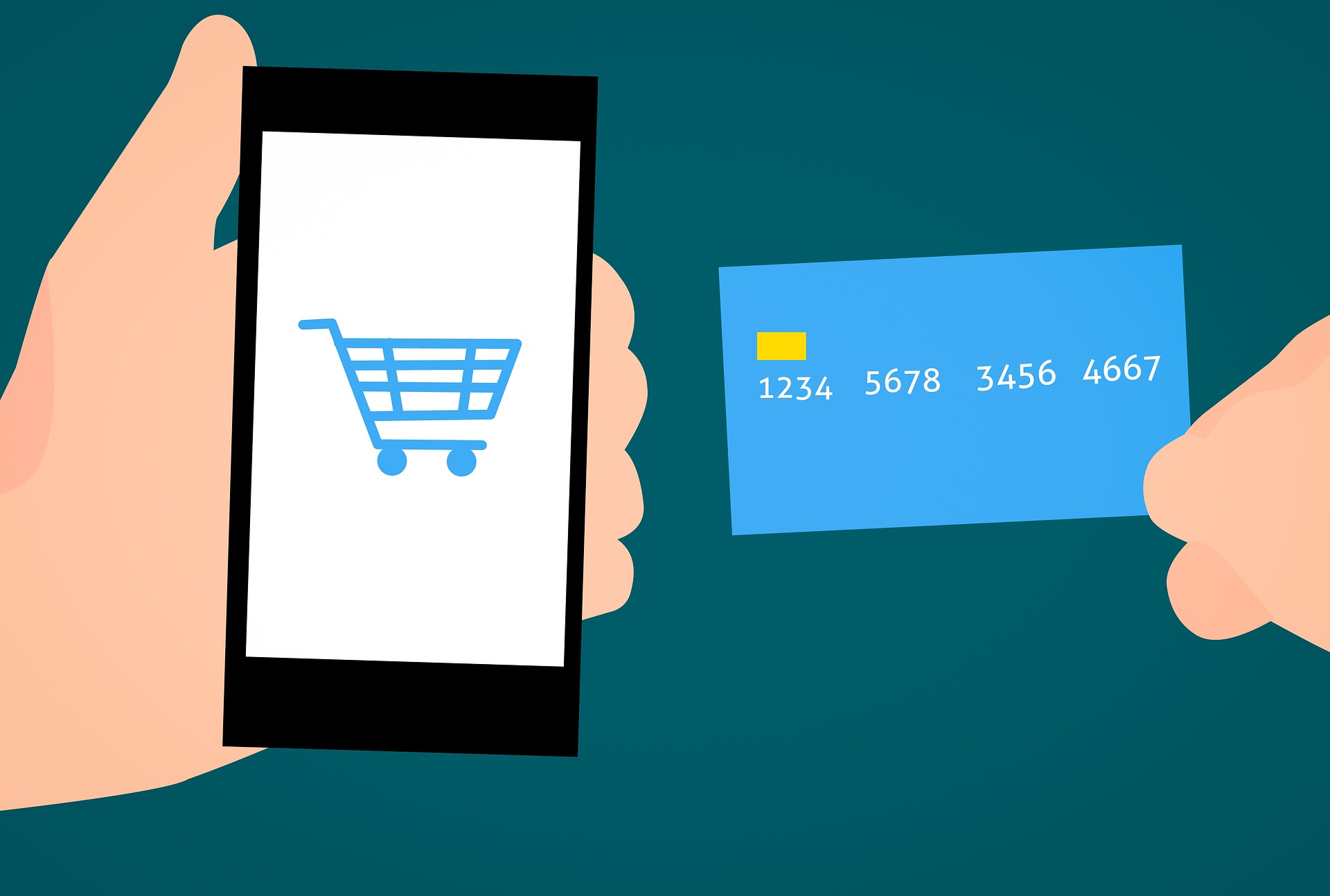If you’ve made an electronic payment through Venmo, PayPal, or directly through your bank account, you’ve likely participated in ACH payments as a consumer. However, not every eCommerce manager will have a strong grasp of its intricacies. If you’re thinking about accepting ACH deposits as a small business owner, understanding how it functions as an alternative to cash, credit cards, debit cards, and checks will determine whether or not you should stake your claim in this rising network.
What is an ACH Payment?
An Automated Clearing House is a U.S. financial network that facilitates automatic transfers between banks. The network is regulated by the federal government and the National Automated Clearing House Association (NACHA).
ACH payments function in the form of:
- Individuals making electronic deposits to other individuals via online banking, Venmo, PayPal, or Zelle
- Individuals paying service providers (cable, electric, gas, etc) online
- Direct payroll deposits
- Fund transfers between bank accounts
- Direct tax refund deposits
- Business transfer funds
The 2 Types of ACH Transactions
The two main types of ACH transactions differ based on the directionality of the processing. These encompass:
- Direct ACH deposits, in which deposit transactions made by consumers, businesses, or other entities are made directly to other bank accounts—whether their own or between individuals.
- Direct ACH payments, in which individuals, businesses, or other entities pull money from these accounts. This method is commonly used for recurring payments.
How ACH Payments Work
Here is a step-by-step breakdown of how ACH payment processing occurs.
- Originators, such as individuals, banks, or businesses, initiate an ACH transaction through a payment form that is differentiated as a direct payment or deposit.
- The originating bank or payment processor, known as an Originating Depository Financial Institution (ODFI) submits the entry.
- The ODFI sends entry batches to an ACH operator according to a predetermined schedule.
- The operator sorts through batches of entries to determine whether they are deposits or payments.
- The operator then transmits these entries to their respective Receiving Depository Financial Institutions (RDFI).
- If the transaction involves pulling funds, the receiving bank ensures that there is a sufficient amount of funds in the ODFI.
- The RDFI will then debit or credit the receiver’s account depending on whether the transaction is a deposit or payment.
How Safe are ACH Transactions?
For an ACH payment to be transmitted, it will require the exchange of sensitive bank information such as routing numbers, bank account numbers, and the type of account involved. Recurring payments will require the exchange of business bank account details as well.
However, as previously stated, this information is regulated and protected by the federal government and NACHA, under which financial institutions, businesses, credit unions, industry providers, and government agencies must abide by strict guidelines. Hence, the safest payment processors are those that comply with NACHA regulations.
ACH Payment Processing Times
ACH transactions are usually processed in batches three times a day during business hours. If your business accepts these types of payments, it may take a few days for the funds to be delivered to your business bank account. To be eligible for same-day payment processing, you may need to fund an expedited service.
The Pros and Cons of ACH Payments
If you’re considering an ACH payment processor for your small business, consider the following advantages and drawbacks.
Pros
- Lower processing fees determined as a flat rate or percentage of the transaction
- Easy to accept from paying customers across the country
- Transactions are automatically recorded and can be easily accessed through an online portal
Cons
- Accepts only domestic transactions
- Not every provider offers same-day fund processing
Conclusion
On the whole, integrating an ACH payment processor into your transaction scheme is a simple process. However, it’s important to consider whether the costs of this transaction method outweigh the benefits it guarantees to your business . Note whether your customers are willing to provide their bank information and if payments for your products and services are easier facilitated using cash or credit.
If you’re accepting online payments, Payment Page caters to clients from all around the world. Create a more seamless payment process for easier purchases with a hosted payment page that is as stunning as it is functional.







